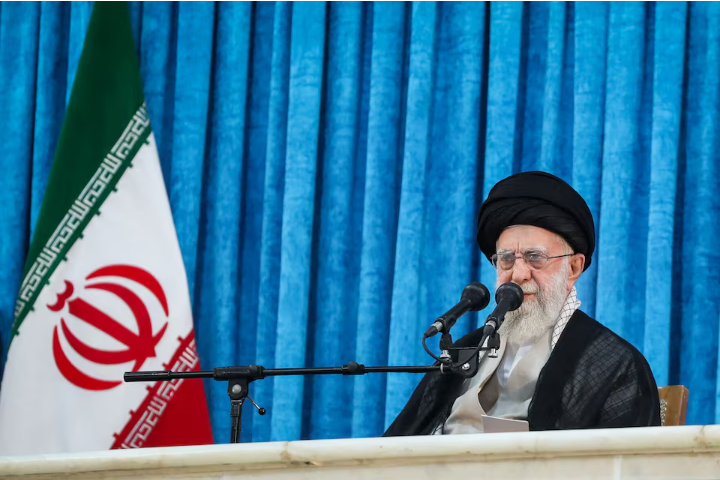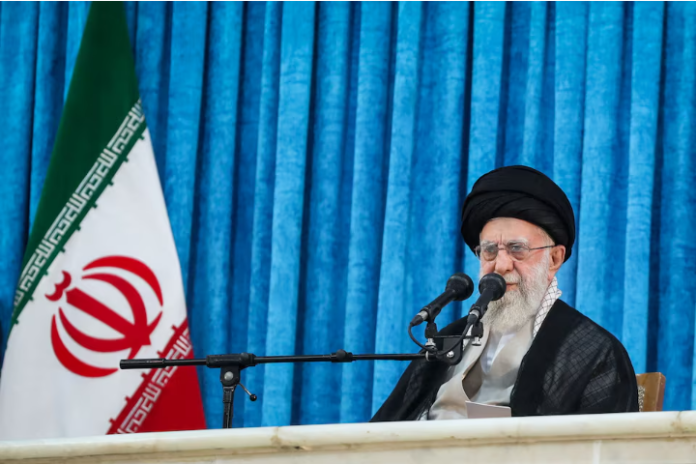Ayatollah Ali Khamenei, Iran’s 86-year-old Supreme Leader, finds himself increasingly isolated as key members of his military and intelligence inner circle have been killed in recent Israeli strikes. According to multiple sources familiar with Tehran’s power structure, this abrupt loss of experienced advisers has left a vacuum around Khamenei, raising fears of dangerous miscalculations at a time when tensions with Israel are rapidly escalating.
The losses include some of the most powerful figures in Iran’s Revolutionary Guards – Commander Hossein Salami, aerospace chief Amir Ali Hajizadeh, and spymaster Mohammad Kazemi – all of whom were vital to Iran’s defense strategy and close confidants of Khamenei. These men were part of a tight-knit group of about 15–20 loyal insiders who helped shape national policy, especially on matters of security and military.
With these figures gone, sources say the supreme leader is more reliant than ever on a shrinking circle of advisers. One insider warned that this could lead to “extremely dangerous” missteps, especially in decisions affecting both Iran’s internal stability and regional security. This moment represents one of the most vulnerable points in Khamenei’s leadership since he took power in 1989.
Khamenei, who is known for being cautious but stubborn, has always put regime survival above all else. He controls the armed forces, appoints top military leaders, and makes the final call on matters of war and diplomacy. Despite his calculated approach to governance, the cumulative impact of sanctions, internal protests, and now military setbacks is beginning to weigh heavily on Iran’s ruling structure.
With trusted commanders gone, Khamenei is now leaning more on other political and diplomatic advisers. Yet it’s his son, Mojtaba Khamenei, who has quietly emerged as a central figure. Over the last two decades, Mojtaba – a mid-ranking cleric with strong ties to the Revolutionary Guards – has built a powerful role behind the scenes, coordinating policy across Iran’s fragmented political and military landscape. Some even view him as a possible successor.
Other influential figures like Mohammad Golpayegani (head of Khamenei’s office), Ali Akbar Velayati, Kamal Kharazi, and Ali Larijani continue to play important roles, especially in diplomacy and domestic matters such as the country’s nuclear program.

Still, the deaths of key Guards leaders are a significant blow. The Revolutionary Guards are Iran’s most powerful military force, answering directly to Khamenei and operating independently from the regular army. Their elite status and access to advanced weapons make them crucial to Iran’s security and regional influence.
The recent Israeli strikes have also affected Khamenei’s broader network of regional allies. Hezbollah’s leader, Hassan Nasrallah, a close ally of Tehran, was killed in September, and Syrian President Bashar al-Assad was overthrown in December. These setbacks weaken Iran’s so-called “Axis of Resistance,” further isolating the Islamic Republic and its supreme leader.
As the crisis deepens, Iran’s leadership is navigating uncharted territory – with Khamenei at the center of it all, but more alone than ever.



